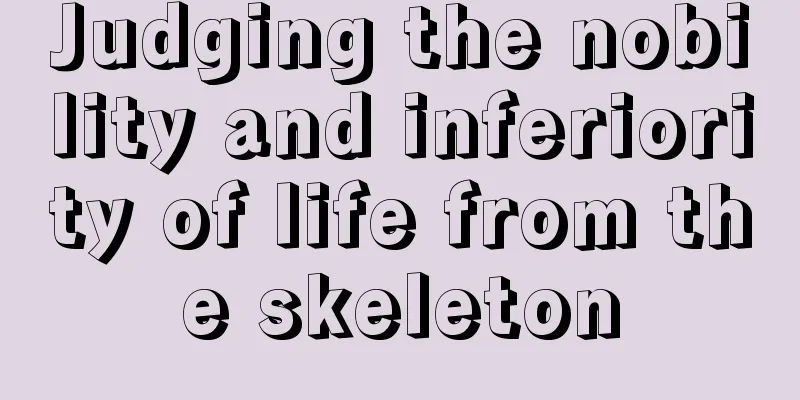The first bank blockchain may come from this company. The former Morgan Stanley CEO revealed that he has solved the blockchain privacy problem.

|
Blockchain may finally force Wall Street's last century record-keeping system into the 21st century, but before using the technology, financial firms want to be sure their data will be kept private. A startup run by Blythe Masters, the former head of JPMorgan Chase and the mother of credit default swaps, has found a solution (download white paper). The blockchain that underpins bitcoin is designed to be highly transparent, recording every bitcoin transfer in a public database that everyone can view. But for the financial industry, such publicity is anathema, creating problems for Wall Street firms that could otherwise use digital ledgers to simplify and speed up record-keeping. Digital Asset Holdings (DA), of which Masters is CEO, is deploying a solution called "fingerprints" to address this problem. While these fingerprints are shared by users of a given blockchain, only trusted parties can decipher them. Masters recently said in a client presentation:
Digital Asset’s approach is similar to the kind of solution that rival R3 said it was developing earlier this year. Richard Gendal Brown, a former architect at IBM’s industry innovation and business development division, created a blockchain platform for R3 called Corda that significantly limits the amount of data that can be shared between users. Last week, R3 announced that it was officially open sourcing Corda. Distributed ledger technology has attracted Wall Street executives because it can process almost any type of trade or money transfer in minutes rather than days. This greatly reduces the amount of capital that is held up waiting for trades to be settled. For example, industries such as healthcare, supply chain management and mining are also experimenting with the software to improve efficiency or ensure the provenance of diamonds. Developments at digital asset companies — like R3 and Chain making their code public or world-renowned cryptographers joining blockchain startups — are another sign that blockchain software is gaining traction. She said:
From days to minutesDA’s clients include the Australian Stock Exchange and the Depository Trust & Clearing Corporation (DTCC), both of which are testing whether their systems can be moved to a blockchain to reduce settlement and payment times from three days to minutes. Masters said DA plans to have a version of the blockchain system that they can use by the end of 2017. On Wednesday, Digital Asset released a white paper on the system (full text download). According to the white paper, anyone who wants to see the complete transaction history needs to get two parts of the transaction. The first part is the transaction itself, and only the user knows the price, counterparty and other details of the transaction. For example, this part stays on the bank's local server, which is the same as the current system. The second part is the 'fingerprint', which everyone can see, but not everyone can unlock. These fingerprints - also known as hashes - are very important because they represent every transaction on a market. In order for users to trust the DA system as their ledger, it must be ensured that the ledger only contains transactions that they have authorized. This means that if a user scans all of his transactions and finds some that he has not executed, the user will know that something is fishy. If every transaction in the ledger can be referenced and reviewed, the authenticity of the ledger can be verified. |
>>: Cryptocurrency: The last line of defense for the free market
Recommend
People with a soft heart in life
There are many cruel people in life who can do an...
Ant Pool's support for BU has caused a sudden change in the expansion situation, and traders are increasingly worried that Bitcoin will split
As the impact of the SEC’s decision to reject a B...
Women with sunken eye bags are inferior, unconfident and weak in character.
Everyone says that eyes with eye bags are beautif...
Shenma saves itself, shareholders come to its aid
Editor's note: This article is from Fengchao ...
Palmistry: men have left palm and women have right palm? Palmistry: men have left palm and women have right palm
Palmistry: men have left palm and women have righ...
Meet the new mining tycoon BitDeer and its leader
Author: Hu Yiying Calmness is probably the first ...
Is it good for people to have asymmetrical facial features?
In physiognomy, we can judge a person's fortu...
What palmistry features indicate that happy events are coming?
1. A cross or star pattern appears at the end of ...
BOCHK: Completed the first blockchain property valuation and will expand to trade finance applications
Reporter: Lydia At present, banks usually process...
Attitude towards love from the perspective of love line
Attitude towards love from the perspective of lov...
How to read the face of three white eyes? Analysis of the fate of three white eyes
As the saying goes, eyes are the windows to the s...
Coin mixing services exacerbate Bitcoin’s PR problem
Many people are attracted to Bitcoin and virtual ...
How to tell fate from a woman's face
The so-called physiognomy is an academic discipli...
What are the characteristics of the mole on the hand of the person with the Earth element?
The effects of moles on the hands are usually mul...
Is a pointed head and narrow forehead necessarily a bad sign?
People with pointed heads and narrow foreheads ar...









